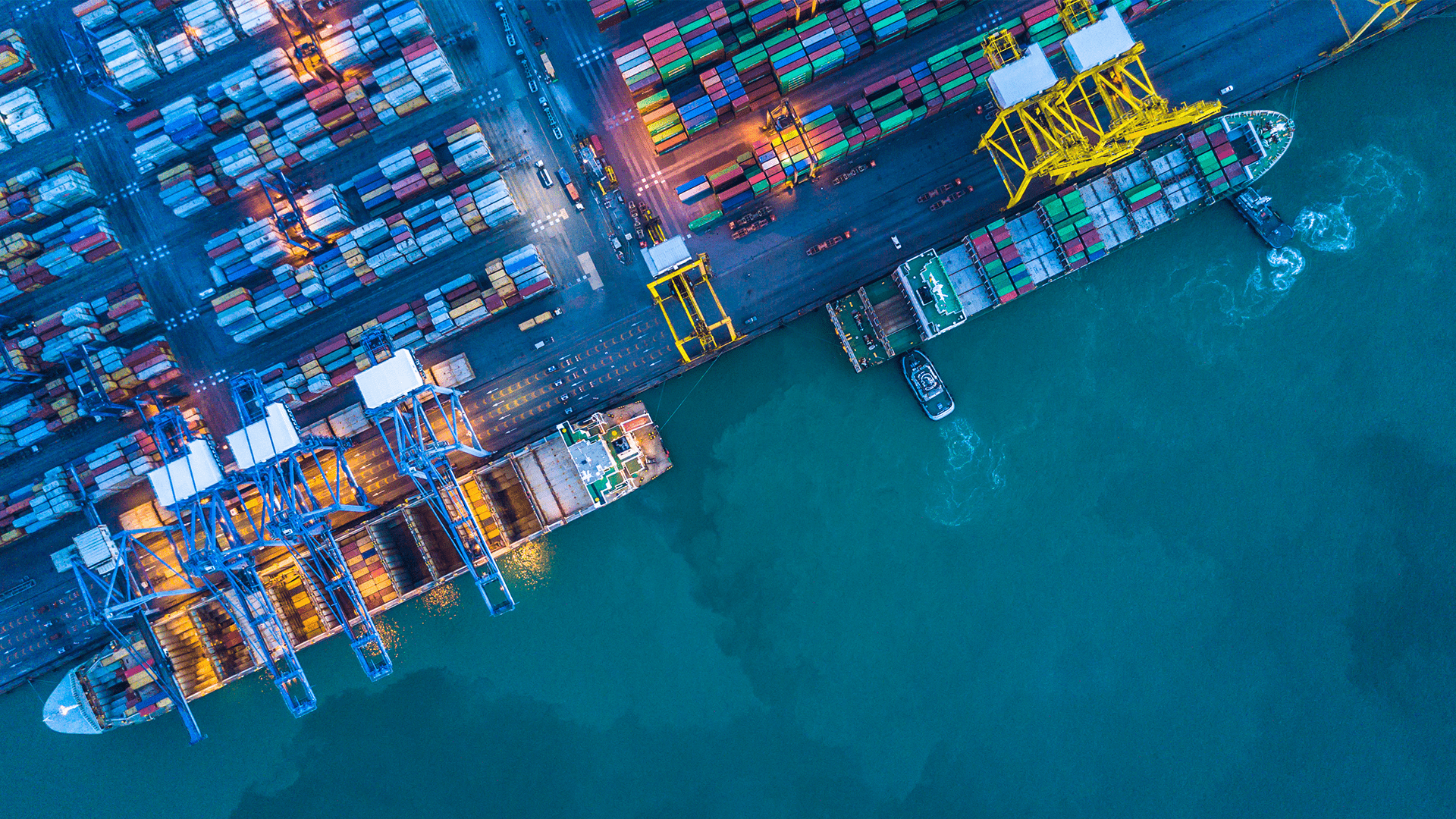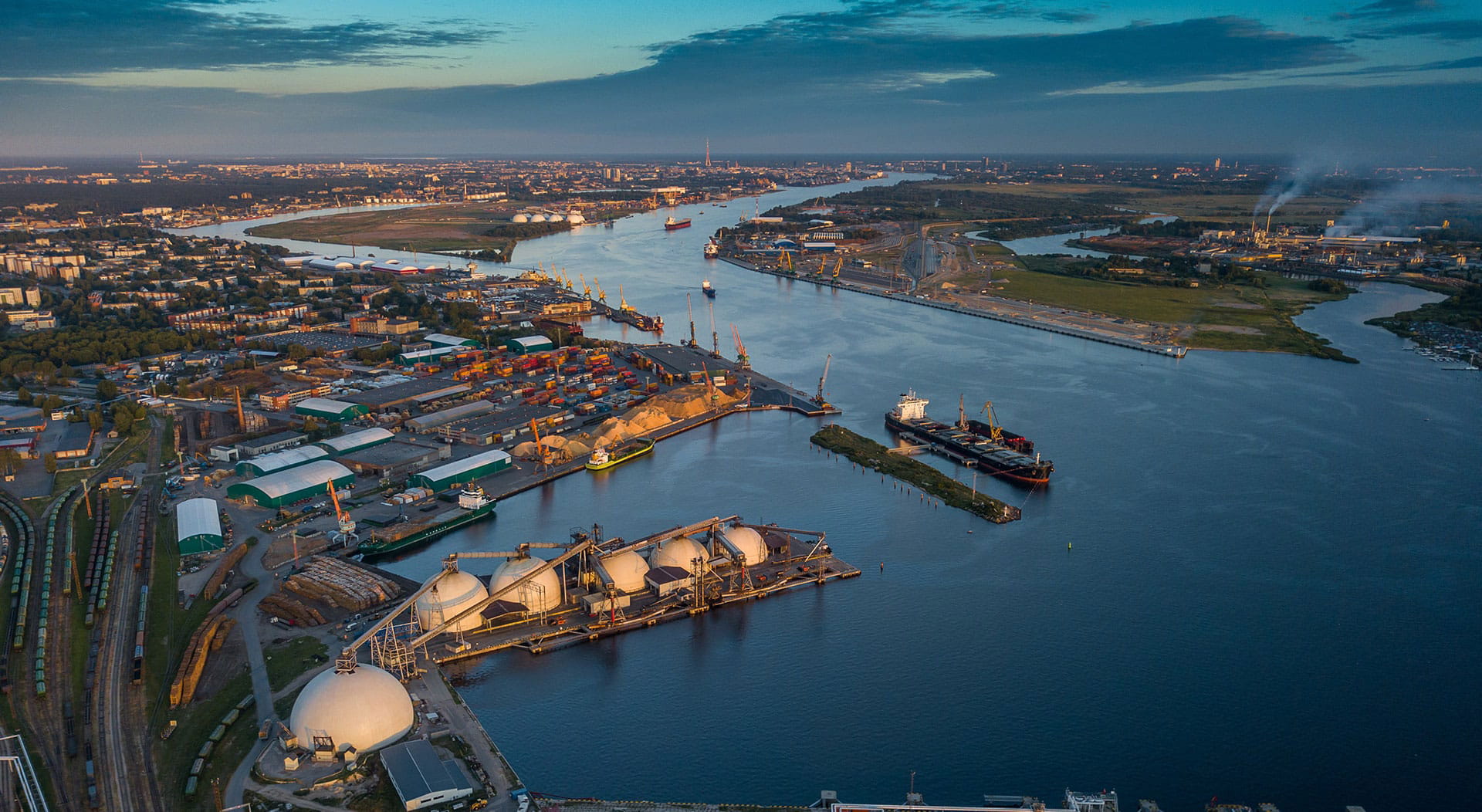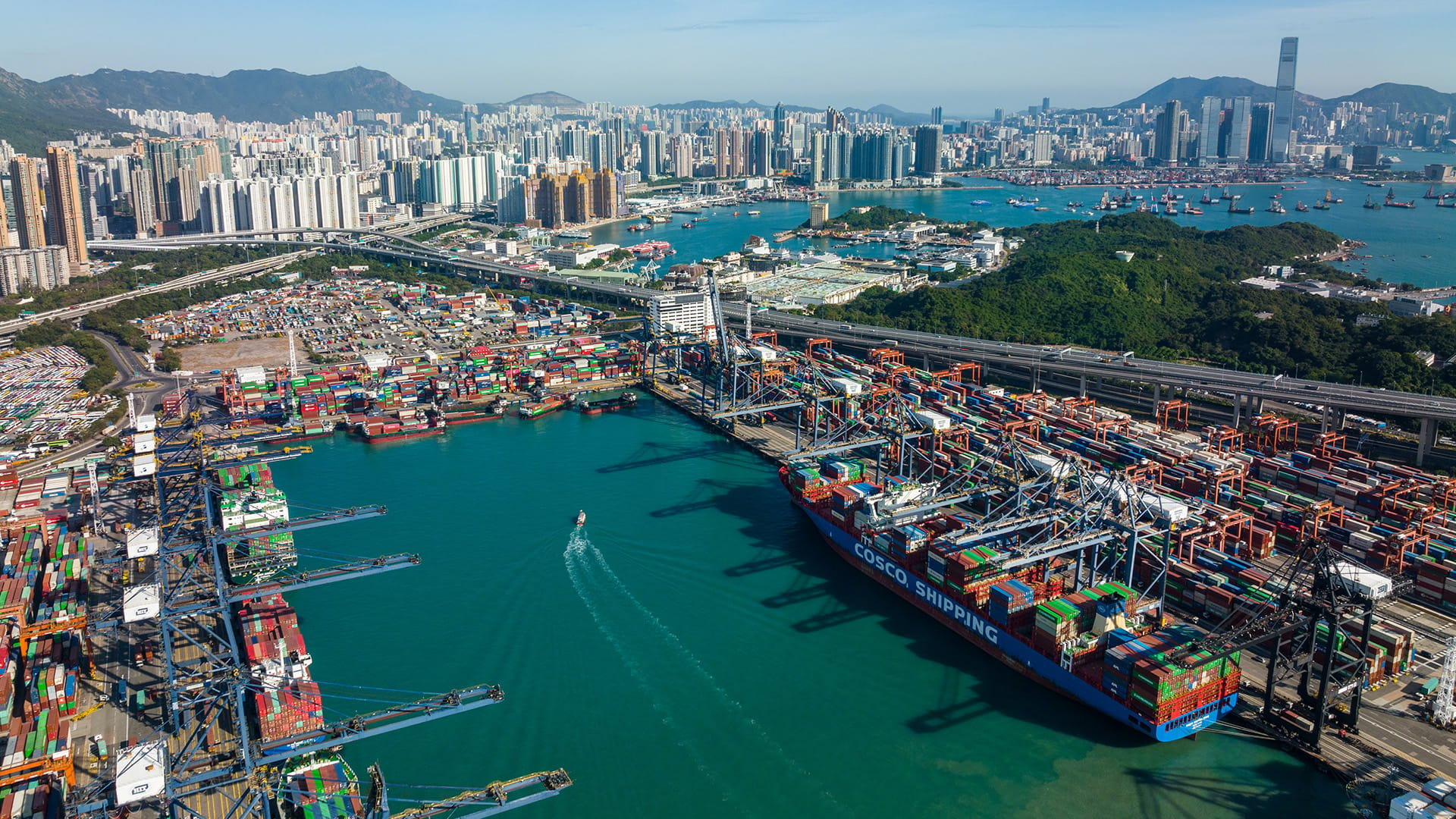Peel Ports assess physical climate risk for resilient port design

Project facts
- ClientPeel Port Group
- LocationUK and Ireland
- Date2023
- ChallengeUnderstanding the vulnerability of ports to a changing climate and how best to adapt operations
- SolutionA report evaluating the long-term risks of climate change and recommending adaptation measures
Understanding climate risk and adapting operations
Peel Ports Group is the second largest port group in the UK, handling more than 70 million tonnes of cargo each year. They are already decarbonising and investing in more sustainable and efficient port services – with the aim to become a net zero port operator by 2040.Ports are particularly vulnerable to the impacts of climate change. Peel Ports Group has recognised the need to better understand the climate related risks and opportunities for its assets and operations.
A detailed climate risk assessment
Peel Ports Group partnered with Royal HaskoningDHV to conduct a comprehensive assessment of their operations in the UK and Ireland, aiming to determine their vulnerability to physical climate risks and develop a climate adaptation strategy.
Working with local teams, we analysed various climate change scenarios projected over the next 100 years. Leveraging our TWINN hazard datasets, we determined the likelihood and impact for a full range of physical climate hazards, including sea level rise, rainfall, and heat, among others. Additionally, drawing upon our climate resilience and maritime expertise, we reviewed the potential financial impacts of all types of flooding on port assets and operations.
Based on our findings, we compiled a detailed report that outlined recommended changes to operational processes and proposed enhanced monitoring of weather conditions and their impacts. These modifications aimed to improve understanding of asset vulnerability and track changing conditions more effectively. We also prioritised specific adaptation actions for each location, highlighting the anticipated capital investment required to improve the resilience of the group's assets.
This project demonstrates the value of taking a data-driven approach supported by domain expertise to understand a global problem like climate change and predict its impacts at a local level.
Greater resilience – and financial compliance
Implementing the report’s recommended actions is expected to minimise the risk of damage to Peel Port’s assets and the potential operational downtime and loss of productivity which might occur during extreme weather events.
The screening assessment also proposes next steps that will incorporate the consideration of climate change risks into the group’s corporate strategy and business processes.




